Best Maschine 2023: Native Instruments' Maschine, Mikro, Studio and Jam hybrid MIDI controllers head to head
Which setup comes up trumps for price, usability and features?

In the decade since the original Maschine hit the market, a lot has changed for Native Instruments’ hybrid production system, which makes the question of crowning a single ‘best Maschine’ a slightly complex one.
Originally pitched as a software-powered take on the classic Akai MPC beatmakers, the Maschine ecosystem has now grown to encompass far more than sample-centric beat-building, with synthesizers, effects, arrangement and even hardware sequencing all covered by the current iteration of the Maschine software.
- 10 creative tips that will improve your Maschine workflow
- The best samplers: standalone instruments for studio or live
The range of hardware has expanded considerably too. The core Maschine controller is now on to its third generation and has been joined by multiple variations that offer expanded, stripped-back and alternative takes on the same concept. At their core, however, the underlying concept remains the same for all Maschine setups – a software production environment paired with a pad-equipped MIDI controller designed specifically for ultra-tight interaction.
In all cases, one of the major selling points of modern Maschine systems is that they offer everything a producer needs to create electronic or sample-based music. Each version comes with some form of factory library, including plenty of samples, synth presets and demo projects to get your teeth into – all of which can be expanded with the addition of NI’s excellent genre-themed Expansions. There are, however, still some significant differences between the various Maschine packages. Which is the one for you? Let’s take a look at the options...
Best Maschine: specs at a glance
MusicRadar's got your back
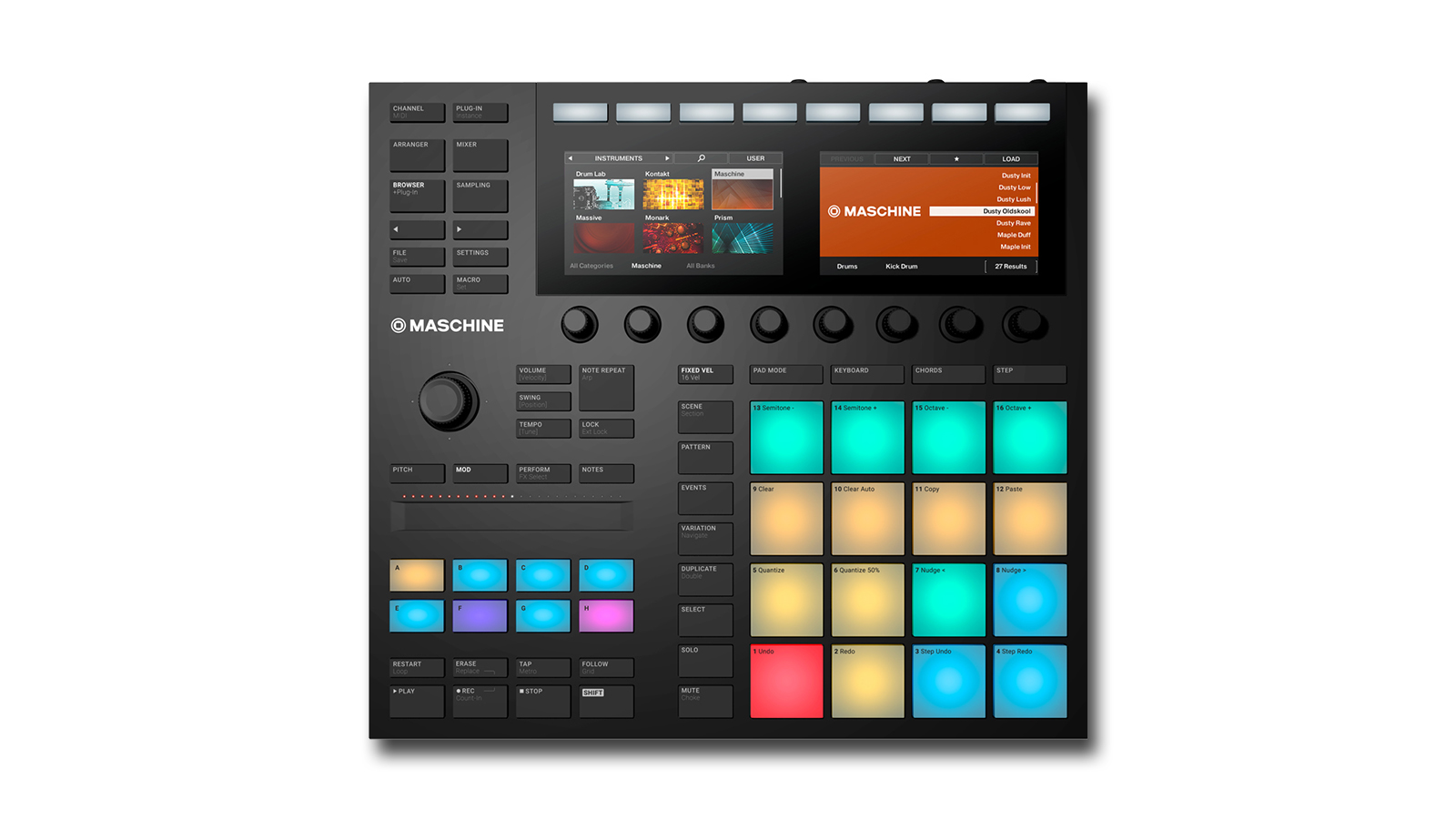
Specifications
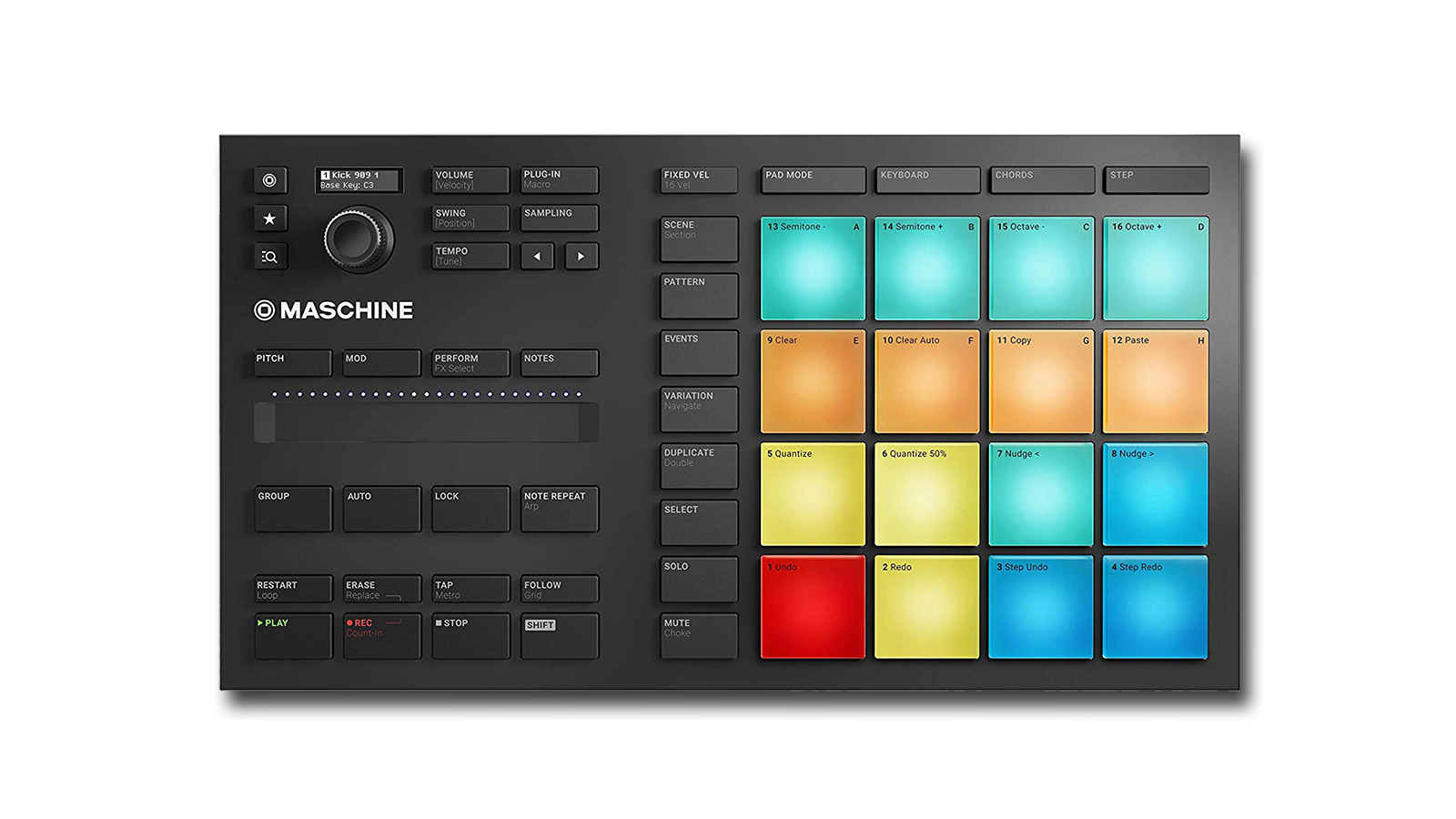
Specifications
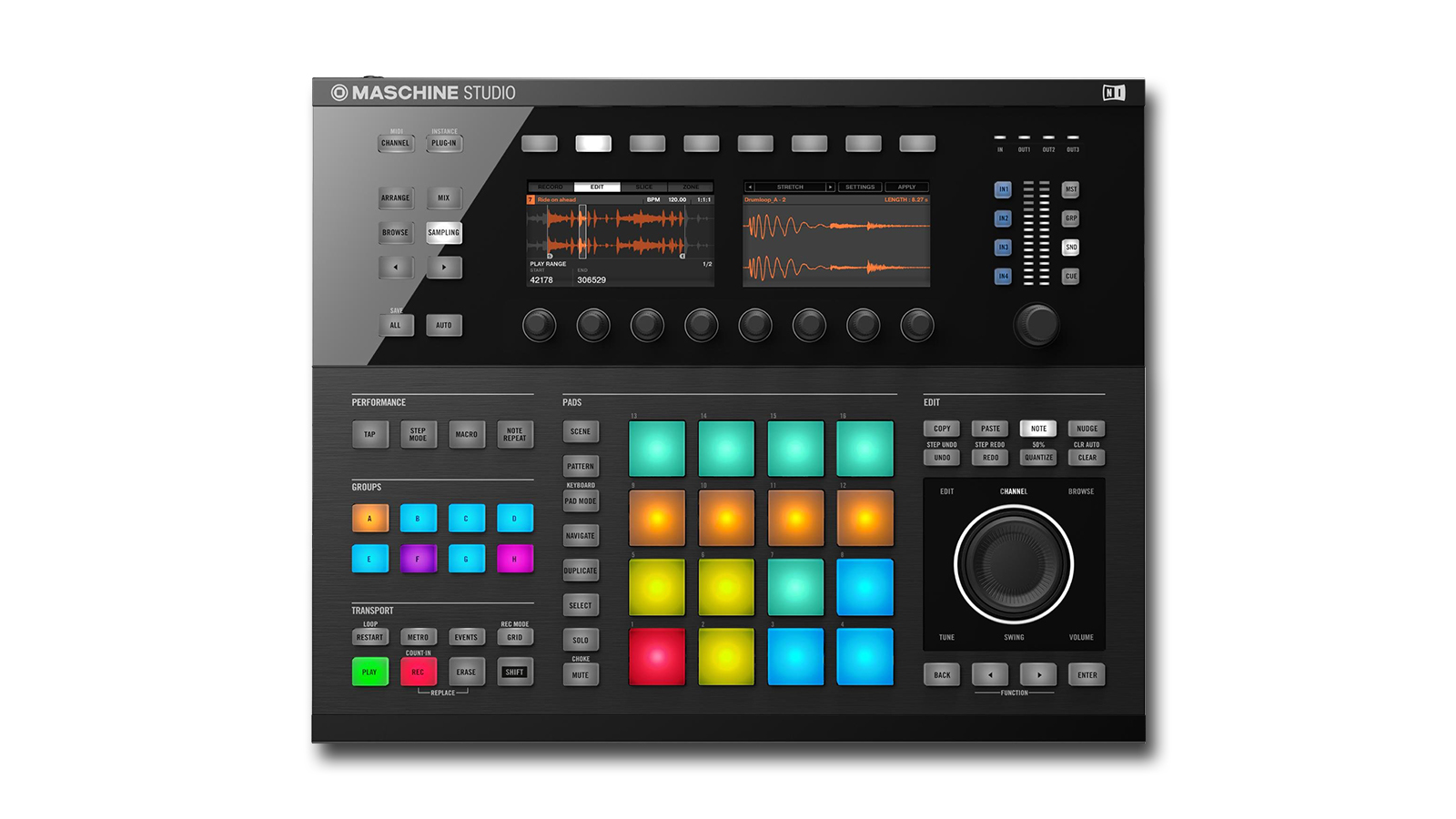
Specifications

Specifications
Best Maschine: software features
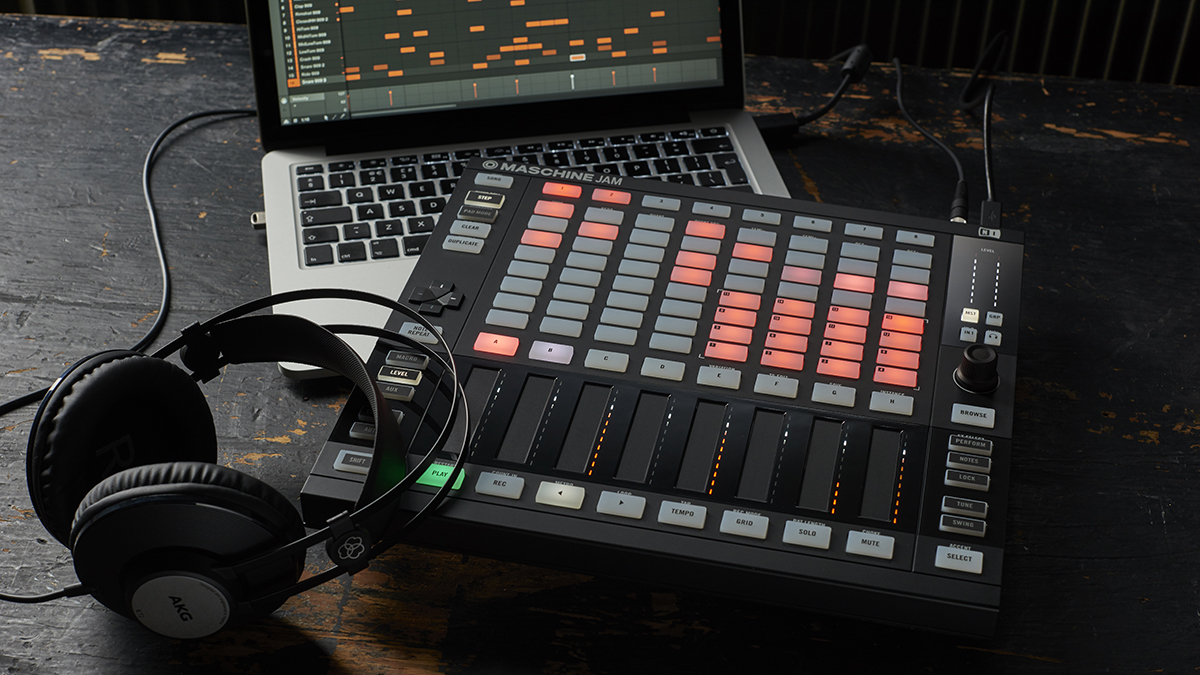
Broadly speaking, the capabilities of all Maschine systems are identical since each makes use of the same Maschine 2.0 software. This can be used either as a plugin within a digital audio workstation (DAW) such as Logic Pro or Ableton Live, or as a standalone application in its own right.
In its modern state, it’s debatable whether we could call Maschine 2.0 a DAW itself; it still lacks some of the deeper audio recording and editing features we’d expect from a traditional DAW application, but it ticks pretty much every other box including the ability to arrange and export songs, apply effect processing and host third party VST and AU plugins.
The Maschine application uses a system of Kits and Patterns. Kits are collections of up-to 16 sounds, each of which could be a one-shot sample or loop track, a multi-sampled instrument, a synth – either from Maschine’s internal stock or a plugin – or an effect axillary. Patterns are sequences created using these Kits, which can take the form of step-sequenced rhythmic grooves or melodic progressions. Patterns can then be sequenced into longer arrangements with automation and master effects applied.
- The best studio headphones available right now
- Portable production: these are the best music-making laptops
All Maschine setups can work as live performance instruments too, either by triggering sounds through ‘finger drumming’, playing the controller’s pads like a melodic instrument or triggering and manipulating pre-created Patterns.
All of this is achievable, in some form or other, using any Maschine setup. The key difference then, lies in the hardware controllers themselves and how they can interact with the software.
Best Maschine: hardware
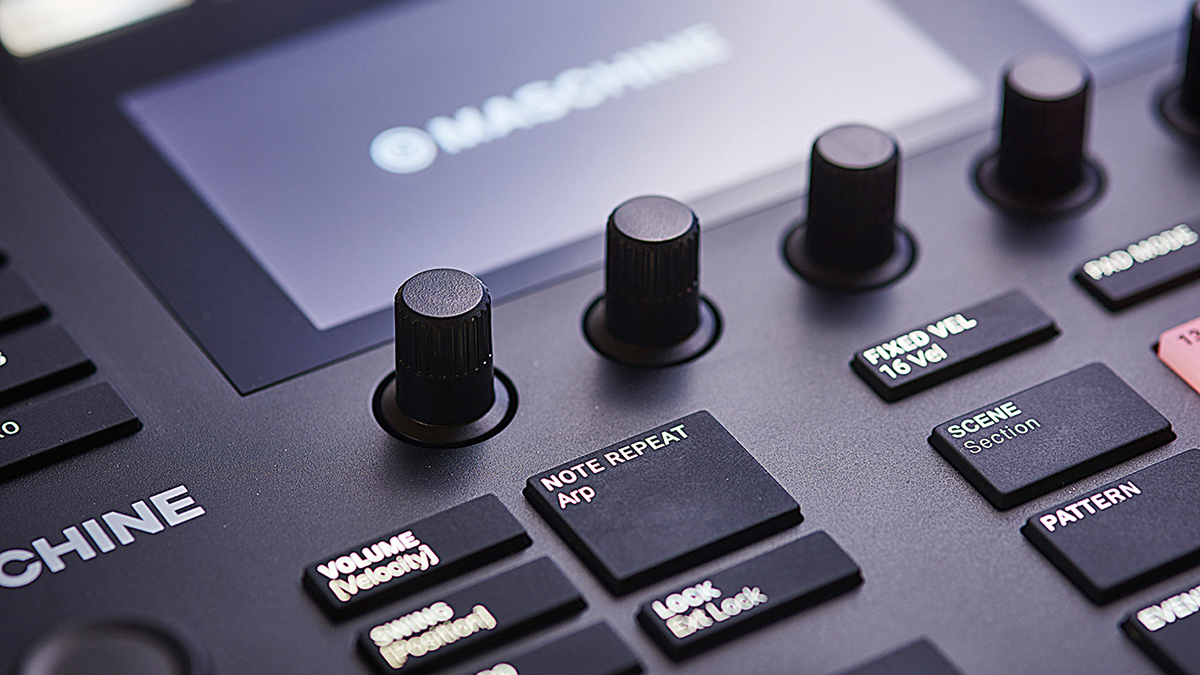
The ‘core’ controller, known simply as Maschine or Maschine Mk3, is the centre point of the hardware range. It’s based around a grid of 16 velocity-sensitive pads, laid out in a design inspired by classic MPCs. These pads are accompanied by two generously-sized colour screens, eight touch-sensitive parameter rotaries, a multi-purpose, touch-sensitive Smart Strip and variety of other browser and transport buttons. The Mk3 is the only device in the range to feature a built-in audio interface, meaning it can be used to record audio into your computer and be connected to a set of studio monitors to act as your main output. There’s also MIDI in and out ports on the rear.
Maschine Studio and Maschine Mikro are larger and smaller takes on the same design respectively. Maschine Mikro maintains the pads and Smart Strip of its bigger system but loses the colour screens in favour of a small, basic LCD display. There’s just a single touch-sensitive rotary too, and no audio or MIDI connectivity.
While nominally being the top of the range, Maschine Studio is currently a generation behind its two siblings (on its second iteration). Because of this, it doesn’t actually offer that much more than the standard Mk3, feature-wise. At launch its major selling point was its expansive screens, but these were later added to the core version. It does still offer a few extra controls though, such as a navigation jog-wheel and additional buttons.
There’s more MIDI I/O too, with three outputs and one input, although there’s no audio interface onboard and the hardware lacks the Smart Strip of its more up-to-date counterparts. It’s also the only controller in the range that can’t run solely on USB power and requires an external PSU.
The outlier of the range is Maschine Jam, which offers an alternative take on the hardware setup. Instead of the 16 pads of the other controllers the Jam has 64 backlit buttons, which are much smaller and lack velocity sensitivity. There are no parameter rotaries here, but an increased amount of touch strips – eight in total, laid out vertically like channel faders. There’s no audio or MIDI I/O here, but there is a control footswitch input.
Best Maschine: ease of setup
One of the main selling points of the Maschine system is its ‘plug-and-play’ simplicity. Software and sound library installation is handled by NI’s Native Access system, which is sleek and painless to use.
Once the software is installed, the controllers can be connected via USB and are ready to go with no further setup. There’s a comprehensive digital manual provided and decent ‘getting started’ guide on NI’s blog, which should help newbies get to grips with the system.
In recent years the introduction of NI’s NKS format has made integration of third party plugins considerably easier too. When loaded into Maschine, any compatible plugin instrument or effect will automatically offer controls matched to fit the hardware’s parameter rotaries. The format has been widely adopted by the industry too; check individual plugin specs for details, but chances are most of your existing plugins will now work seamlessly within Maschine.
Best Maschine: usability

For all-round usability, the Maschine Mk3 is certainly the best of the range. The balance of pads, rotaries and Smart Strip means it can accommodate an assortment of production roles and styles, from MPC-like finger drumming to step sequencing, mixing and sound design. The audio interface is a great addition too, meaning you can combine the Mk3 and a laptop into a complete and convenient production setup. The screens are excellent as well; of all the MIDI controllers we’ve tried, this is the one that has us relying on the computer screen the least, making for a really fun, inspirational creative experience.
Naturally, the Mikro compromises on this proposition a little. Without the screens you’ll find yourself far more reliant on the computer, although this isn’t too much of a problem. Without the additional rotaries, the Mikro is nowhere near as good at sound design and mixing duties as its bigger sibling, although the Smart Strip still adds an edge of expressiveness. As a result, the Mikro will suit those most interested in classic MPC-style pattern creation and live playing more than sequencers and sound designers. It’s a good option for those that value portability over all else too.
- The best USB MIDI controller keyboards
- The best audio interfaces: the best soundcards for beginners and pros
Maschine Studio remains a comprehensive and well-equipped controller, but undoubtedly suffers from being a generation behind the others. There’s not a lot it can do that isn’t available on the Mk3, and without the interface and Smart Strip it actually lacks functionality in several key areas. Those looking to use Maschine alongside a wider hardware setup will value the extra MIDI I/O though.
Maschine Jam offers a different user experience with its own pros and cons. Without the velocity-sensitive pads it’s not ideal for playing sounds live, but the grid of buttons makes Jam far better for step-sequencing than any of the other Maschines. It can be used to trigger patterns too, in a manner not dissimilar to using Ableton Live and a Novation Launchpad.
The lack of screens means users will be reliant on a laptop/monitor, and the process of browsing is a little clunky compared to others in the range. The eight touch strips are great though; ideal for live manipulation of effects and mixing with multiple Kits or sounds. The Jam pairs nicely with other Maschines too – partnered with a Mikro or Mk3 it can create a ‘best of both worlds’ setup.
Best Maschine: price
Once you factor in the included software and sound libraries, all of the Maschine packages offer solid value for money. There is a certain amount of variation in what comes bundled with each hardware controller though.
All packages come with the full version of Maschine 2.0 itself including all onboard synths and effects. Mk3, Studio and Jam all include the full Maschine factory library, which contains 8GB of one-shot samples, loops, multi-sampled instruments and presets. These three also comes supplied with NI’s Komplete 12 Select bundle, containing full versions of Monark, DrumLab, Reaktor Prism and the original Massive, along with several Reaktor and Kontakt instruments, plugin effects and additional Expansions.
Mikro trims down this offering a little. It bundles an ‘Essentials’ version of the factory library that clocks in at 1.6GB. Three synths are included too – Monark, Reaktor Prism and Massive. While this is a considerable step down from the full software of the others, it still packs more than enough tools to create full tracks in most genres. Given the sub-£200/$300 price point, Maschine Mikro is an absolute bargain and a fantastic investment for new producers looking for an off-the-shelf laptop production setup.
Best Maschine: verdict
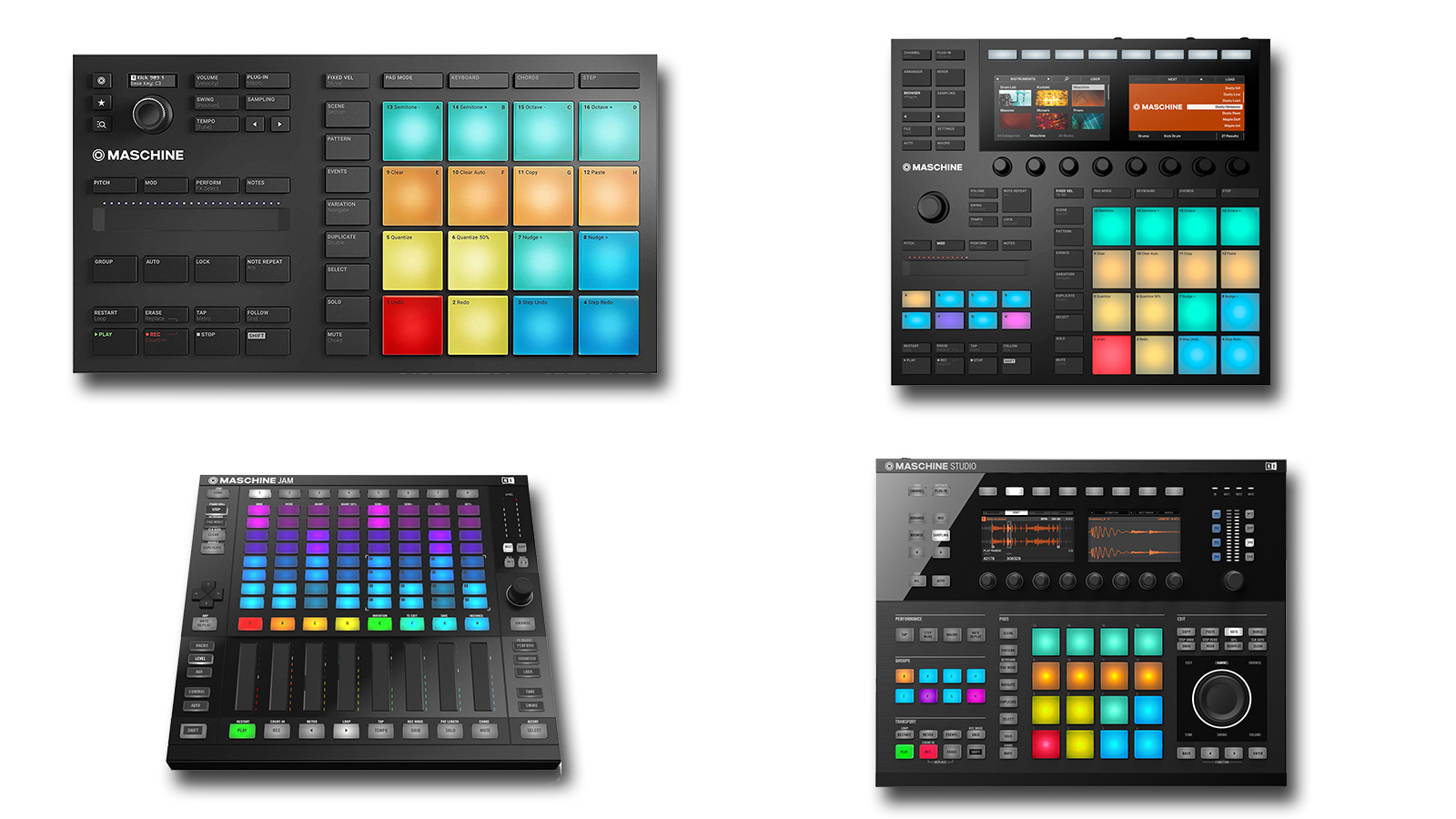
While it’s tempting to cop out and say that every Maschine has its own pros and cons that will suit different producers equally, we’re going to stick our neck out and say that the core Mk3 is the best of the range right now. For a balance of functionality, value and usability it’s pretty much unbeatable.
That said, if price and portability are your main factors and you can live without the extra functionality then Maschine Mikro is an absolute bargain. Maschine Jam is also an excellent controller, albeit slightly more niche in its application. It’s arguably best used as an addition to an existing Maschine setup too.
On the flip side, we’d actively advise against buying Maschine Studio right now; not because it’s a bad product, but because it’s a noticeable generation behind its counterparts. Also, it doesn’t take mystic powers of foresight to guess that a significant update for Studio is likely to be on the horizon in the near future.
Want all the hottest music and gear news, reviews, deals, features and more, direct to your inbox? Sign up here.


I'm the Managing Editor of Music Technology at MusicRadar and former Editor-in-Chief of Future Music, Computer Music and Electronic Musician. I've been messing around with music tech in various forms for over two decades. I've also spent the last 10 years forgetting how to play guitar. Find me in the chillout room at raves complaining that it's past my bedtime.